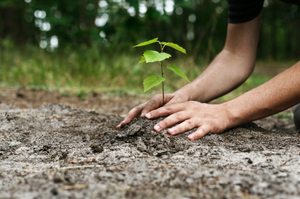Pollution is anything that makes the earth dirty and unhealthy. Land, air, and water are all affected by pollution.
Pollution takes up space on our land. Many of the things people use every day come in packages, like food, games, school supplies, and electronics. These packages end up in large underground dumps called landfills. Landfills make land unhealthy for animals and people.
Pollution is in the air we breathe. Trucks, cars, and school buses leak smoky exhaust from their engines.
Water Pollution
Water gets polluted with cleaners, paints, and chemicals. All of the pollution must be removed from our water before we can drink it.
Air Pollution
Air pollutants are gases and particles in the atmosphere that harm organisms and affect climate. Air pollution, then, is the release of these particles and gases into the air.








